Research
Managing big-headed ants and sooty mold in citrus using IPM approaches
IPM approaches using both hydrogel baits and sticky compounds provided an effective solution for both ants (~70% ant reduction for 3 weeks after a single treatment) and significant sooty mold reduction (at 10 weeks post-treatment) in a citrus grove in Hawaii.

The efficacy of heat treatment for drywood termite management
In collaboration with a local heat remediation company, we develop and evaluate a step-by-step guidelines for managing drywood termites using heat technology. The case study is conducted in condominium units in Honolulu, Hawaii.
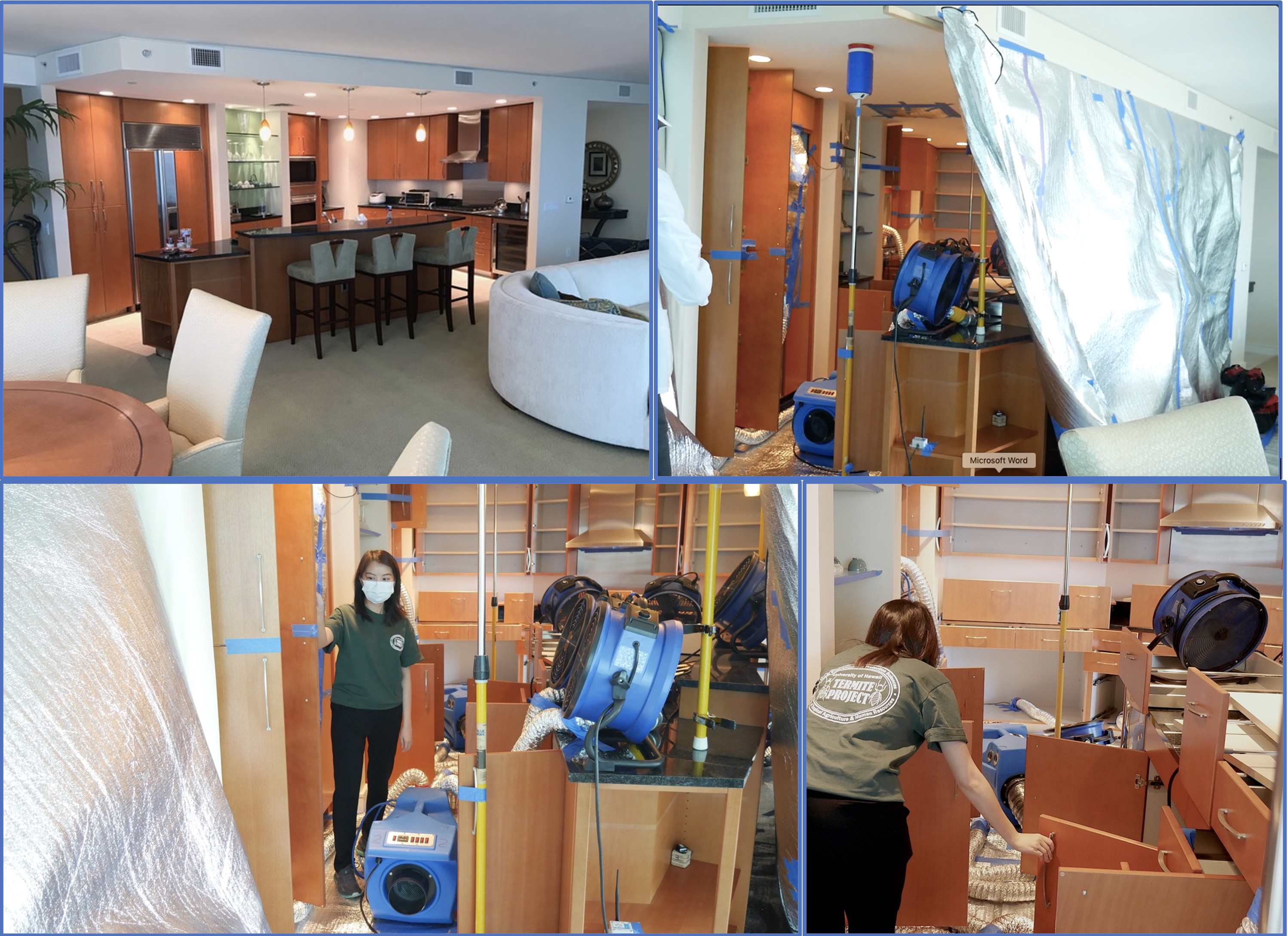
Physical barriers for subterranean termite management
We evaluate the efficacy of a physical barrier against subterranean termites under laboratory conditions. We are hoping to continue the theme of “least-toxic termite control” which was begun by Dr. Minoru Tamashiro (Professor Emeritus, PEPS, CTAHR, University of Hawaii).
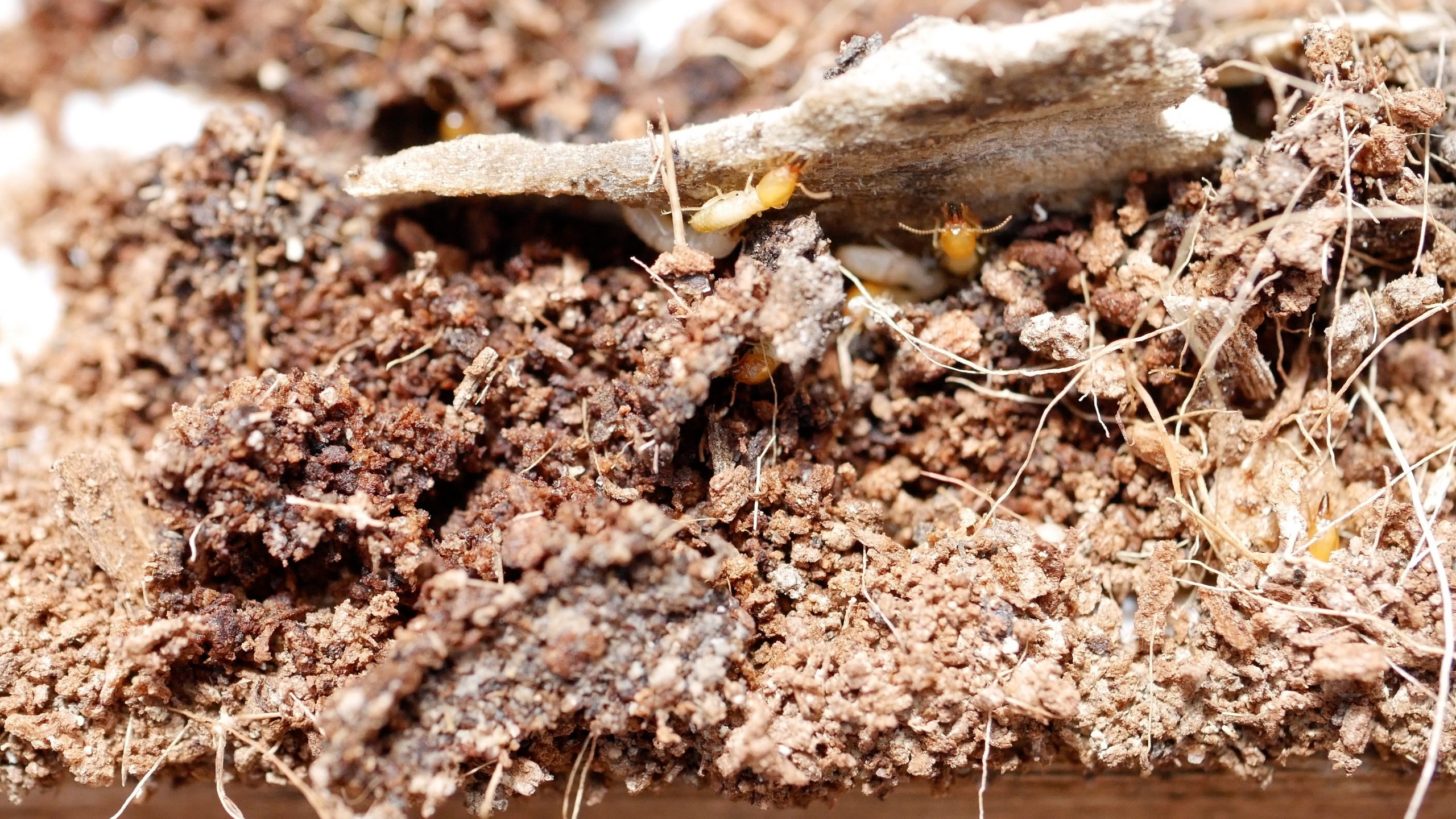
Novel ant control techniques
In 2017, at UC Riverside, we developed and evaluated biodegradable hydrogel bait made from alginate, which comes from brown seaweed, that could potentially revolutionize ant management in different environmental settings, i.e., agricultural, urban, natural settings. Hydrogel bait encapsulates sucrose solution containing tiny amounts of pesticide, allowing ants to feed from the hydrogel surface. Compared to conventional sprays, the use of this novel baiting technique dramatically reduced the amount of pesticides applied to the environment. (Image: Pest Management Science’s cover image, Oct 2017; Photo credit to Dong-Hwan Choe).
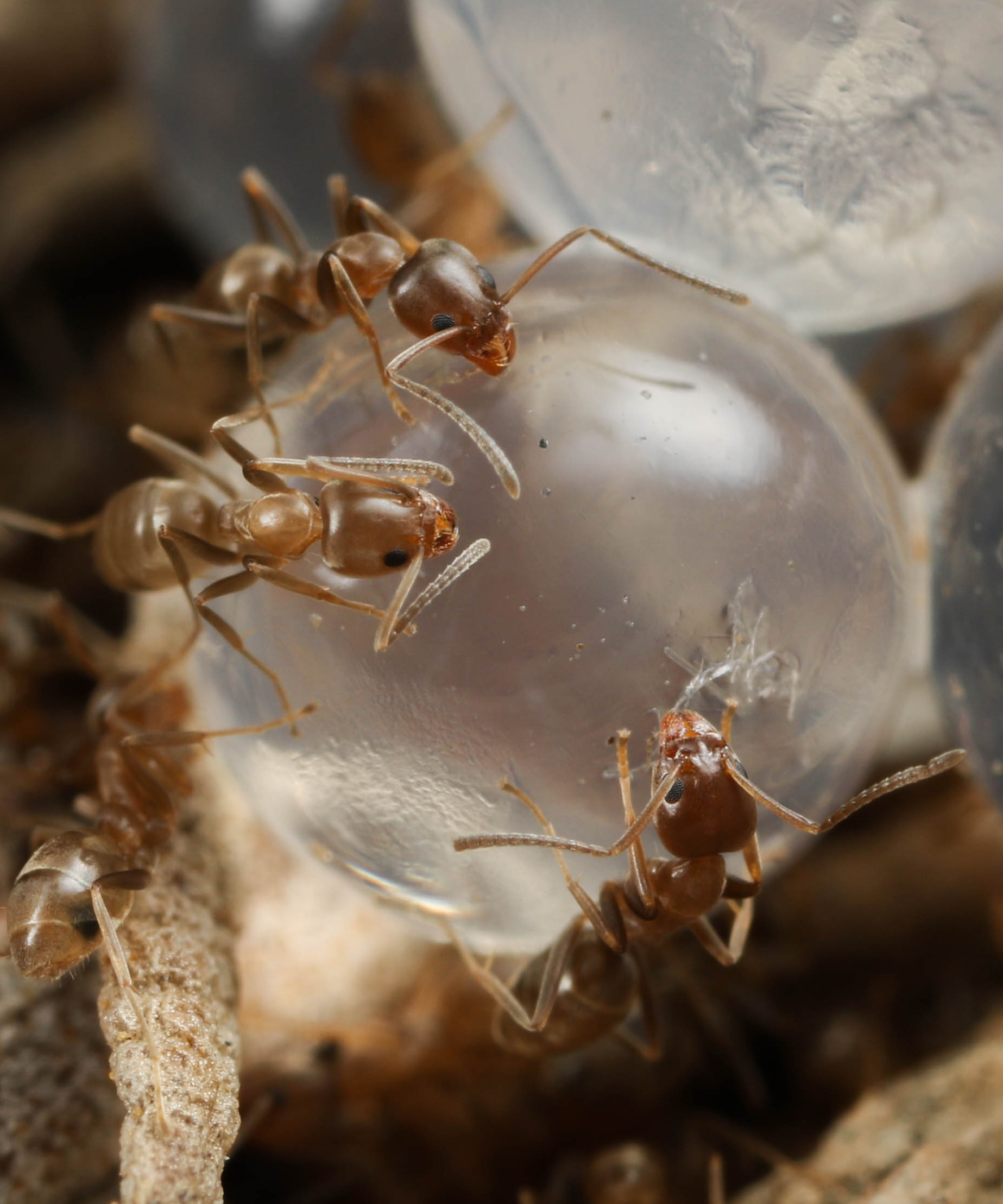

The roles of the queen, brood and worker castes in the colony growth dynamics of the pharaoh ant, Monomorium pharaonis

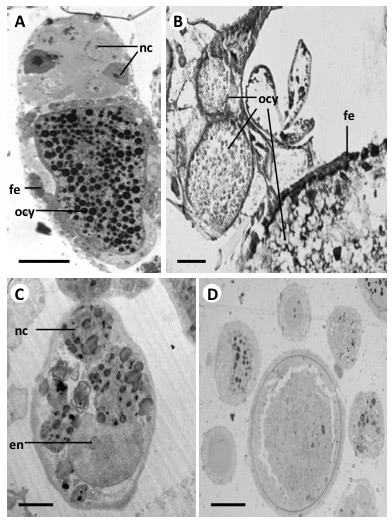
Graph: Colony growth dynamics and queen production in the Pharaoh ant colonies
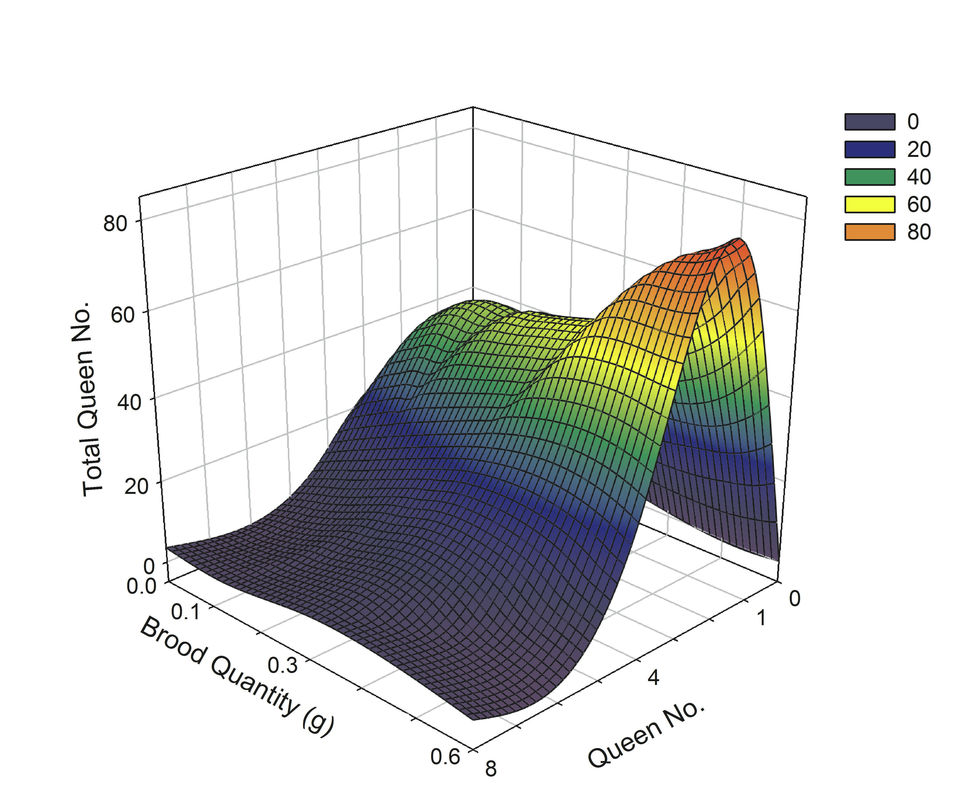
We conducted studies on ant social regulation (caste influences), nest relocation behavior in response to a variety of disturbances to a nesting site, and the effects of a juvenile hormone analogue on egg production, and microscopic morphology in the ovaries of the Pharaoh ant, Monomorium pharaonis, one of the most successful invasive pest ants. We also conducted studies on the necrophobic behavior of Asian subterranean termite, Coptotermes gestroi.
- Chow-Yang Lee (University of California, Riverside): Lee’s website
- Dong-Hwan Choe (University of California, Riverside): Choe’s website
- Paul Krushelnycky, Shao-Xiong Cheah (University of Hawaii at Manoa)
- Mamalu Poepoe, Hawaii Invasive Species Council
- Miaoying Tian (University of Hawaii at Manoa)
- Roshan Manandhar (University of Hawaii at Manoa)
- Koon-Hui Wang (University of Hawaii at Manoa)
- Qing X. Li (University of Hawaii at Manoa)
- Matthew Medeiros (University of Hawaii at Manoa)
- Dong Cha (USDA-ARS)
- David Oi (USDA-ARS)
- Michael Rust (University of California, Riverside)
- Ashok Mulchandani (University of California, Riverside)
- Kelsey McCalla (University of California, Berkeley)
- Mark Hoddle (University of California, Riverside)
- Ching-Chen Scotty Yang (Virginia Tech)
- Ross Miller (University of Guam)
- Ching-Chen Lee (Tunghai University, Taiwan)
- Kok-Boon Neoh (National Chng Tsing University, Taiwan)
- Jill Heidorf, Holly Beard (Industry)
- Devon James (Industry)
- Jesse Richardson (Industry)
- Steven Russo (Industry)
